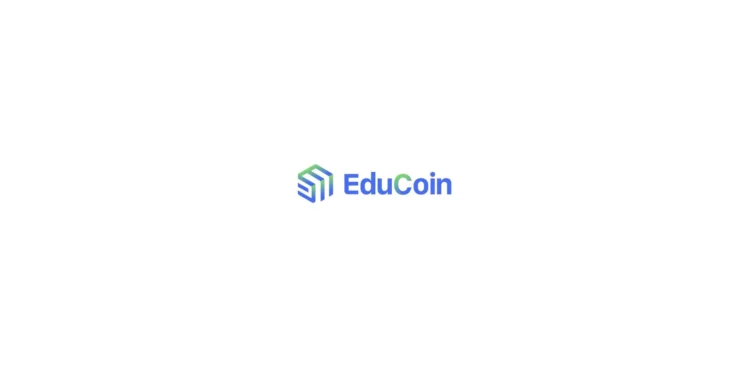In today’s rapidly evolving world, EDU is spearheading a revolution in education finance. This shift promises a more inclusive and transparent approach to funding education globally. There are many platforms like BitIQ which can let you trade bitcoin easy and at the same time safely.
The Technological Backbone of the EDU System
The EDU system doesn’t merely represent a financial shift; it’s deeply rooted in cutting-edge technology, making its revolutionary approach possible. At the heart of this is fintech, or financial technology. Fintech’s rapid advancements have been instrumental in reshaping several sectors, and education finance through EDU is no exception. Fintech offers tools, platforms, and software that break away from traditional financial models, promoting efficiency, accessibility, and transparency.
Furthermore, an integral part of the EDU system’s technological backbone is the incorporation of blockchain technology. The decentralized nature of blockchain ensures that transactions and agreements are secure, transparent, and tamper-proof. Within the realm of EDU, blockchain provides an immutable ledger for financial transactions, making fund allocations traceable and accountable.
Then there’s the application of smart contracts within the EDU framework. Smart contracts, digital agreements that self-execute when certain conditions are met, are key to ensuring that funds are disbursed and utilized as intended. This automation minimizes human intervention, reducing errors and delays, and upholding the principle of transparency in the process.
In essence, the EDU system is a blend of innovation and practicality. It leverages the best of technological advancements to redefine the very structure of education finance, ensuring that funds are not just available, but are also allocated and used with the highest levels of integrity and efficiency.
Benefits of Adopting the EDU Model
The EDU model introduces a paradigm shift in education finance, bringing along a myriad of advantages that can reshape the very foundations of educational systems globally. One of the most pronounced benefits is the democratization of access to quality education. With the EDU model, financial barriers that have long held back countless students from pursuing their educational dreams are steadily dismantled. This model ensures that resources are channeled effectively, enabling more students to engage with and benefit from high-quality educational experiences.
Another profound advantage of EDU lies in its transparency and accountability in fund allocation. Traditional financing models often suffer from opacity, leading to misallocations or misuse of funds. With EDU, every transaction is transparent, traceable, and accountable. Stakeholders can easily verify where funds are directed and ensure they’re used for their intended purpose, fostering trust and confidence in the system.
Tailoring financial solutions to cater to diverse educational needs is another feather in EDU’s cap. Instead of a one-size-fits-all approach, the EDU model acknowledges the unique requirements of different educational institutions and students. Whether it’s funding for research projects, infrastructure development, or student scholarships, the EDU model offers customized solutions that ensure each need is met adequately.
In summary, the EDU model isn’t just a novel approach to education finance—it’s a transformative force. By embracing this model, the global educational landscape stands to witness unprecedented inclusivity, transparency, and adaptability.
Real-world Impacts and Case Studies
The EDU model isn’t just a theoretical proposition; its tangible impacts are evident in diverse educational settings around the world. Schools and institutions that have adopted the EDU financing method are experiencing transformative changes, reaffirming the model’s potency.
For instance, consider a school in a developing nation that, prior to implementing the EDU model, struggled with inadequate infrastructure and insufficient educational resources. With the transparent and targeted funding facilitated by EDU, the institution managed to upgrade its facilities, integrate technology into its curriculum, and provide scholarships to underprivileged students. The result? Improved student performance, higher enrollment rates, and an elevated reputation in the educational community.
On an individual level, the stories of success are even more heartening. Picture a bright student in a resource-limited setting, whose dreams of higher education seemed unattainable due to financial constraints. With the customized financing solutions offered by the EDU model, this student secured a scholarship, ensuring not only an uninterrupted educational journey but also opening doors to opportunities that once seemed out of reach.
These instances aren’t isolated; they’re part of a growing tapestry of success stories. Across different continents, cultures, and educational systems, the EDU model is proving its mettle, transforming challenges into opportunities and aspirations into realities. The real-world impacts underscore a simple truth: the EDU model isn’t just revolutionizing education finance—it’s changing lives.
Conclusion
EDU’s transformative approach to education finance is paving the way for a brighter, more equitable future in global education, challenging traditional systems and setting new standards.























